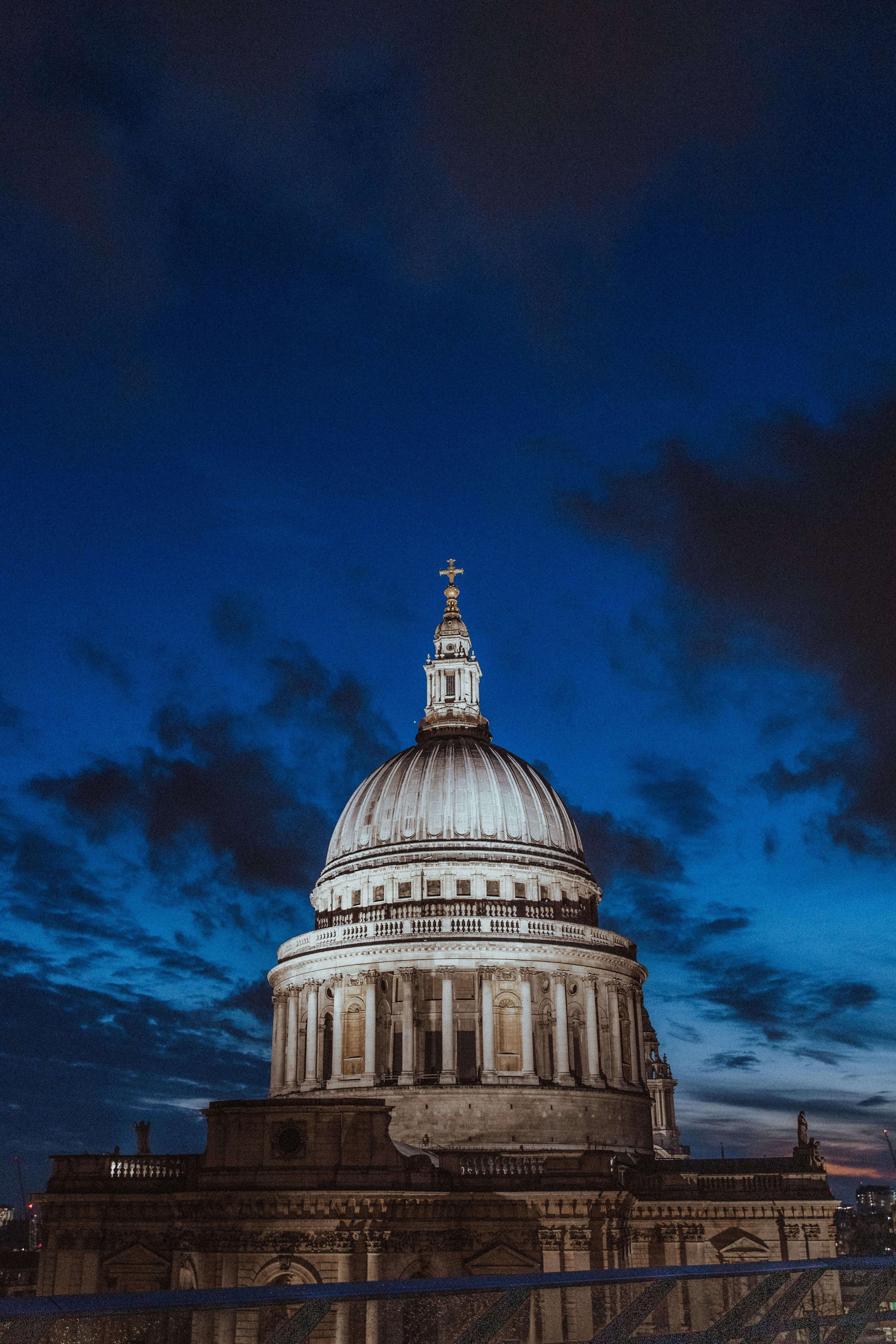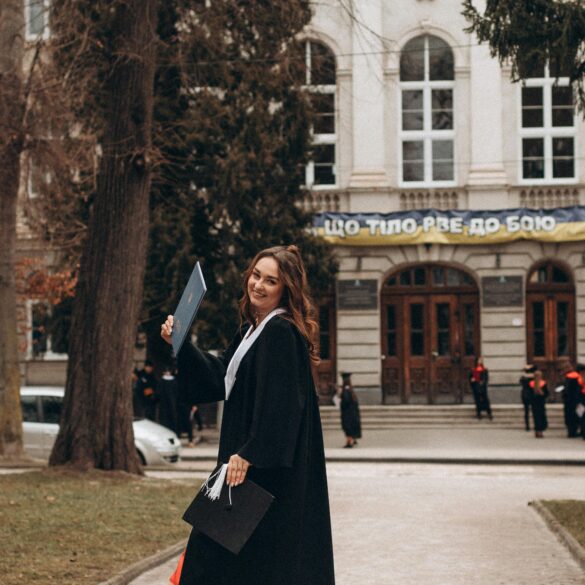London and Its Culture: Ultimate 2025 Insider Guide & Key Trends
What truly makes London’s culture so endlessly fascinating? If you asked me this question a decade ago, I’d have offered a neat summary—think double-decker buses, Big Ben, West End theater, tea, and the Royal Family. I know now, having wandered London’s alleys, sat in its pop-up galleries, debated in Hackney pubs, and people-watched along the Thames, that this city practically breathes with contradictions and surprises. London’s culture is a conversation, not a dictionary definition. It’s shaped as much by migration, reinvention, and youthful rebellion as by heritage and ceremony1.
This guide doesn’t attempt to pin London down to a soundbite. Instead, it’s a living portrait for 2025: rich, self-contradictory, and dazzlingly open to interpretation. I’ve woven in expert insights (historians, artists, community leaders2), as well as hard-won lessons from my own late-night chicken shop suppers and early-morning strolls past centuries-old walls that still hum with stories.
So, whether you’re planning your first journey to London or trying to redefine your own relationship with this ever-evolving city, here’s everything you need for a truly immersive, nuanced, and authentically human exploration. Let’s see if I can surprise you—even if you consider yourself a London expert.
A Living Culture: Defining London Beyond Cliché
Let me set the scene. It’s a rainy May morning—classic London, right? Yet nothing about the mood at Borough Market is dreary. Instead, you find a mix of sharp-suited City workers, Turkish grocers, Gen Z foodies filming reels for TikTok, and a violinist playing Coldplay on the corner. If you want to understand London culture, this is the reality: tradition and reinvention sharing a table (and usually a laugh).
London’s identity is less about physical landmarks than lived experience. Every wave of migration, every music scene and protest, every tea ritual or street food fad—these are the true markers of cultural energy3.
I’ve lost count of how many “hidden Londons” I’ve stumbled into, from Caribbean Notting Hill carnivals to quiet Chinese mooncake festivals in Southwark. The city is a palimpsest; every generation, every community leaves a trace. As the sociologist Prof. Tariq Modood observed, “London is possibility personified”4.
The Historic Pulse: Heritage, Evolution, and Memory
Truth is, you can’t talk about London’s culture without wrestling with its complicated history. Julius Caesar’s soldiers built the original Londinium walls. Shakespeare redefined the English stage on Bankside. Yet what always strikes me—especially when walking from West End theaters to East End mosques—is that London rarely preserves history in amber. Every era gets remixed.
For instance, the Blitz didn’t simply scar London; it birthed new architectural styles and a determined punk sensibility that still shapes London’s voice. Sometimes the city’s repeated cycles of reinvention mean beloved spots vanish overnight (I still miss the original Denmark Street record shops). But more often, you discover the past hidden in plain sight—Norman churches behind modern glass, ancient rituals kept alive with Instagram-worthy pageantry5.
Roughly 50% of London’s current population was born outside the UK6. This makes the city one of the world’s most culturally diverse urban centers—historically and right now.
If you’re fascinated by how culture evolves, London is ground zero. I’ve found that one day you might attend the Changing of the Guard, and the next day catch feminist street art beside a centuries-old pub. Heritage here is both a source of pride and a moving target.
A Global Mosaic: Immigration, Identity, and Multicultural Life
Here’s something that genuinely surprised me during my first months in London: walking a single high street can expose you to a half-dozen languages, cuisines, and cultural reference points. This isn’t just travel brochure copy—it’s the daily reality of, say, Ealing Broadway, Whitechapel, or Brixton. According to the Office for National Statistics, over 300 languages are spoken daily inside London’s M25 ring6.
This complexity isn’t always tidy. London’s cultural evolution has involved clashes, protests, and hard-won negotiations as much as creativity and celebration. Recent research on post-Brexit identity shows many Londoners now blend multiple identities: British-European, British-African, Asian-Brit, and countless more7. It’s messy, but that’s part of London’s magic. I’ve come to realize diversity is not something Londoners just talk about—it’s how they live, adapt, and occasionally struggle together.
- Brick Lane’s Bangladeshi cafes beside 17th-century synagogues
- West African markets encircled by Victorian terraces in Peckham
- Annual LGBTQ+ pride parades intersecting with centuries-old City traditions
- Polish delis next to Irish pubs in Ealing
For newcomers and returning Londoners alike, the city’s greatest discomforts—a bit of alienation, a dash of urban chaos—are often also its source of energy. If you belong to multiple cultures, you’ll almost certainly find echo and belonging here8.
Arts, Music, and Reinvention
Some cities preserve culture in galleries and theaters—London explodes it across streets, garages, and underground rail cars. From Tate Modern (which itself is a converted power station) to the emergence of Afrobeat clubs in Dalston and grime MCs turning local slang into global hits, London remixes tradition with invention at a wild pace9.
What strikes me is that, far from being intimidating or “elite,” London’s arts scene is radically democratizing. If you have something to say (or paint, or DJ), there’s a space—however underground or fleeting—to say it. The same city that put Shakespeare and The Beatles on the world stage now produces Banksy’s subversive stencils and Stormzy’s chart-toppers. It’s a city where classical concerts happen beside skate parks, theater spills into street performance, and boundary-blurring “happenings” take over derelict warehouses10.
- West End: Commercial theater, musicals, Shakespearean revivals
- South Bank: National Theatre, Royal Festival Hall, BFI film retrospectives
- Dalston & Brixton: Afro-Caribbean soundsystems, indie venues
- Hackney Wick: Street art, warehouse galleries, experimental cafes
I once asked a curator at the National Portrait Gallery what draws so many new artists to London. Her answer? “Experimentation in London isn’t just possible—it’s expected. The city punishes boredom, but rewards audacity.” That stuck with me—London doesn’t just nurture the arts, it dares you to reinvent yourself, too11.
Neighborhoods: London’s Microcosms
On the ground, London isn’t a single city so much as a series of overlapping microcosms, each fiercely individual. There’s no “right way” to explore London culture, but understanding its neighborhoods is a good place to start. Let me break down a few through personal lenses:
| Neighborhood | Cultural Vibe | Best For | Famous For |
|---|---|---|---|
| Soho | Bohemian, LGBTQ+, post-punk, digital media | Nightlife, small theaters, café culture | Carnaby Street; jazz bars |
| Brick Lane | East London mix; Bangladeshi, Jewish, hipster | Street art, curries, vintage markets | Beigel shops; graffiti |
| Brixton | Caribbean roots; DIY creative energy | Live music, global food, club nights | Brixton Market; Electric Avenue |
| Kensington | Grand, old money, museums | Museum visits, royal parks, upscale shopping | V&A Museum, Royal Albert Hall |
Having lived in three of these areas (and spent plenty of late hours in all four), I can assure you that each neighborhood is its own cultural planet—with distinct rituals, dialects, even smells.

Traditions vs. Trends: The Rituals That Shape London
If you’re expecting London to be all stiff upper lip and royal pomp, you’re about fifteen minutes behind reality. What I’ve consistently found (sometimes to my embarrassment, like my first bonkers Guy Fawkes Night) is that London takes both its traditions and its irreverence very seriously. Centuries-old ceremonies and youthful protests are often just a short walk apart.
- The Lord Mayor’s Show (since 1215!), with medieval costumes and contemporary floats
- Notting Hill Carnival: Rooted in Caribbean heritage, now Europe’s largest street festival
- Diwali in Trafalgar Square, Chinese New Year in Chinatown
- Wimbledon and the world’s most dignified queueing
- Protest marches, pop-up art collectives, International Women’s Day rallies
My first year in London, I completely missed the importance of Remembrance Day and accidentally scheduled a team event on the 11th hour. Awkward. It taught me just how deep, and sometimes subtle, these collective memories run in the city’s cultural DNA.
Some things change; others refuse to budge. Pubs remain community anchors, though these days the craft beer flows alongside proper ale. The West End keeps uploading new TikTok musicals while still housing Shakespearean tradition. The honoring of old rituals—whether the Changing of the Guard or the Lord Mayor’s parade—coexists effortlessly with innovation, and stops being “touristy” when you recognize their social roots12.
Making It Yours: Authentic Ways to Experience London Culture
There’s no one-size-fits-all approach to absorbing London’s culture, and—if you don’t mind me saying—blanket sightseeing itineraries pretty much miss the point. Here’s what the best insiders, guides, and locals have taught me.
- Follow the Markets: Borough, Columbia Road, Ridley Road, and Maltby Street Market reveal London’s shifting food scene, multicultural flair, and daily rhythm13.
- Talk to Strangers—Really: From cabbies to market stall owners, Londoners open up if you show real respect for their neighborhood identity.
- Seek Hidden Greenspaces: Post-pandemic, secret gardens—from Postman’s Park to Kyoto Garden—have revived London’s tradition of quiet public reflection.
- Experience the Edges: Don’t just linger in Zone 1. Head to multicultural Southall, emerging Walthamstow, or river-hugging Greenwich for the layering of cultures.
- Blend the Canon with the Contemporary: Enjoy the museums and royal sites, then catch a spoken-word night in Peckham or a floating cinema on the canal.
I always recommend setting aside a morning with no agenda—simply pick a market, walk the surrounding streets, and follow the ambient energy. It’s in these unplanned moments London’s true soul is revealed.
A Practical Guide: Tips, Timelines, & Must-Know Insights
I learned the hard way that the best time to enjoy certain London sights is not always what the guides say. Planning is its own art form. Here’s my “human-tested” cheat sheet:
| Season/Time | Best for | Watch out for | Personal Note |
|---|---|---|---|
| Late Spring | Street festivals, garden parks in bloom | Unpredictable weather, crowds at hotspots | Carry a light raincoat, always. |
| Summer | Open-air gigs, river walks, Pride, Wimbledon | Transit delays, surging prices for hotels | Book events and hotels early. |
| Autumn | Museum nights, bonfire events | Darker evenings, chillier outdoors | Prime time for indoor culture—see West End! |
| Winter | Christmas markets, cozy pubs, twinkling lights | Short days, museum closures (public holidays) | Seek out local singalong carols. |
London’s Overground network (distinct orange-line transit, open since 2007) now connects over 100 outlying neighborhoods—radically diversifying access to cultural “hidden gems” outside the core14.
References & Further Reading
I hope this guide has provided not just a sense of place, but a “way in”—methods, perspectives, and stories you can use to make your own London. Frankly, my understanding of London changes every visit, every conversation, and every new play, protest, or late-night bus ride. Culture here is less a “thing to see” than a rhythm to join. Before you go, here’s how to keep exploring:
Are you a London local, historian, or artist with a story to share? I’m setting up a new roundtable on “Hidden Londons” for later this year. Reach out if you’d like to take part.
Future-Proofing: This guide is regularly updated with new data, interviews, and event recommendations. Bookmark and check back for seasonal tips, changing regulations, and “hidden gem” discoveries crowd-sourced from real readers and experts.
Thanks for letting me share my London with you. It’s not perfect—but it’s always surprising, and always worth another look.



